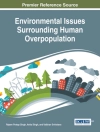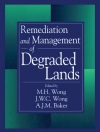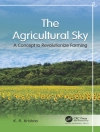The concept of “Place” has become prominent in natural resource management, as professionals increasingly recognize the importance of scale, place-specific meanings, local knowledge, and social-ecological dynamics. Place-Based Conservation: Perspectives from the Social Sciences offers a thorough examination of the topic, dividing its exploration into four broad areas.
Place-Based Conservation provides a comprehensive resource for researchers and practitioners to help build the conceptual grounding necessary to understand and to effectively practice place-based conservation.
Tabella dei contenuti
Contents:.- 1: The Emergence of Place-Based Conservation.- Part I: Conceptual Issues of Place-Based Conservation.- 2: Science, Practice and Place.- 3: Conservation That Connects Multiple Scales of Place.- 4: Organizational Cultures and Place-Based Conservation.- 5: Community, Place, and Conservation.- Part II: Experiencing Place.- 6: Sensing Value in Place.- 7: Place Meanings as Lived Experience.- 8: Personal Experience and Public Place Creation.- 9: Volunteer Meanings in the Making of Place.- Part III: Representing Place.- 10: Integrating Divergent Representations of Place into Decision Contexts.- 11: Sharing Stories of Place to Foster Social Learning.- 12: Rural Property, Collective Action, and Place-Based Conservation.- 13: Whose Sense of Place? A Political Ecology of Amenity Development.- Part IV: Mapping Place.- 14: Participatory Place Mapping in Fire Planning.- 15: Participatory Mapping of Place Values in Northwestern Ontario.- 16: Place Mapping to Protect Cultural Landscapes on Tribal Lands.- 17: Place Attachment for Wildland Recreation Planning.- 18: From Describing to Prescribing: Transitioning to Place-Based Conservation.- Index.












